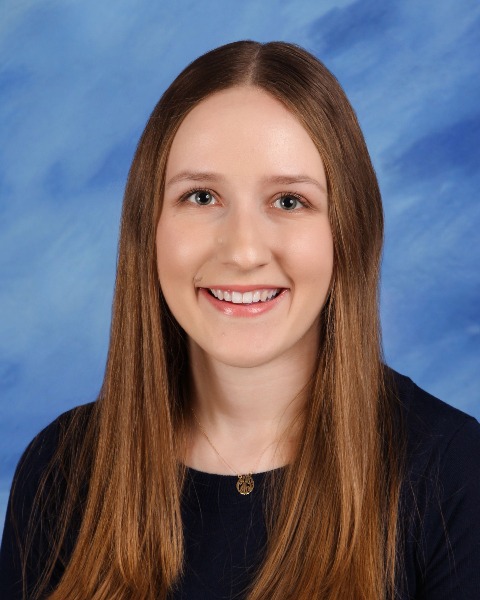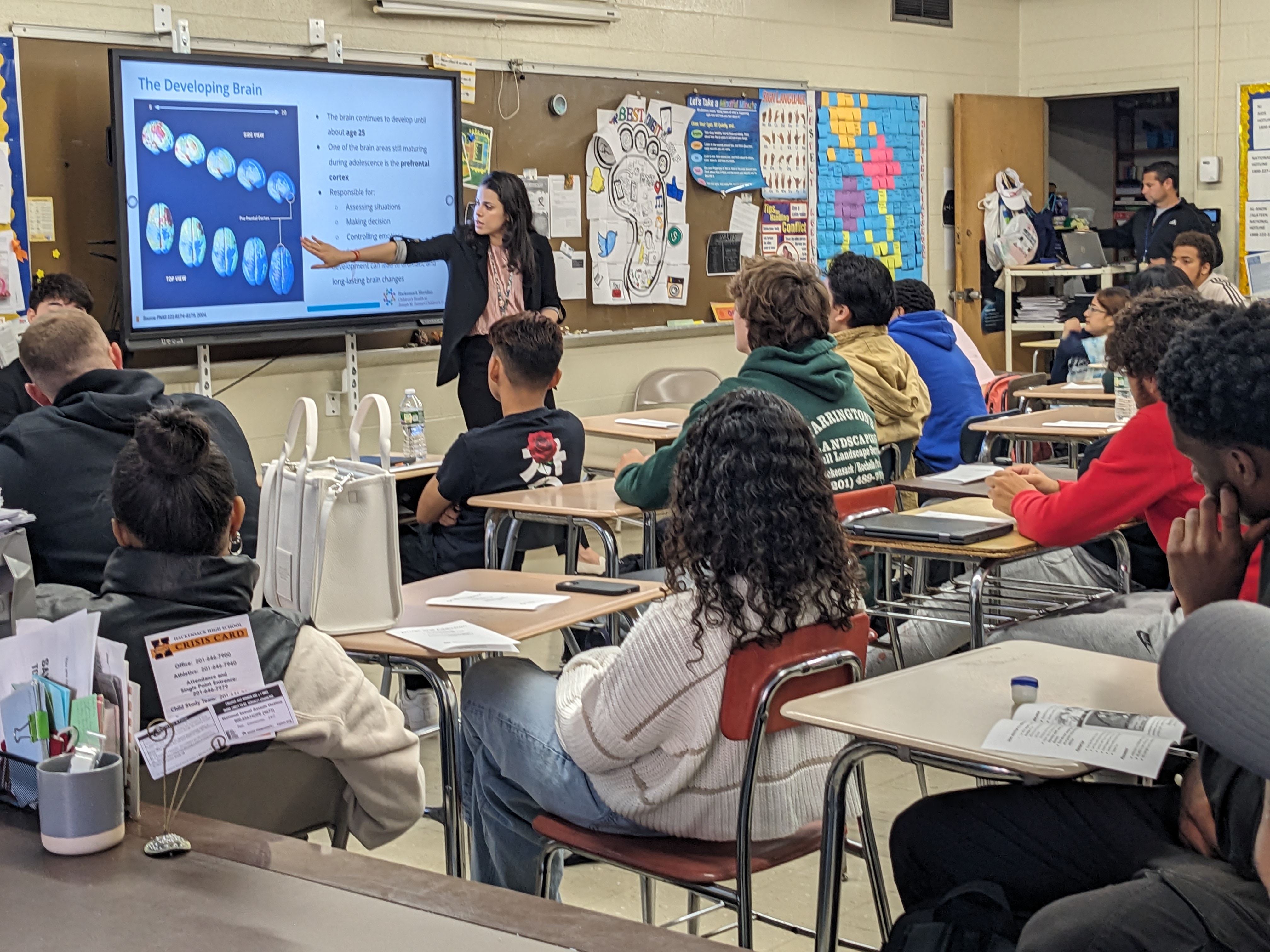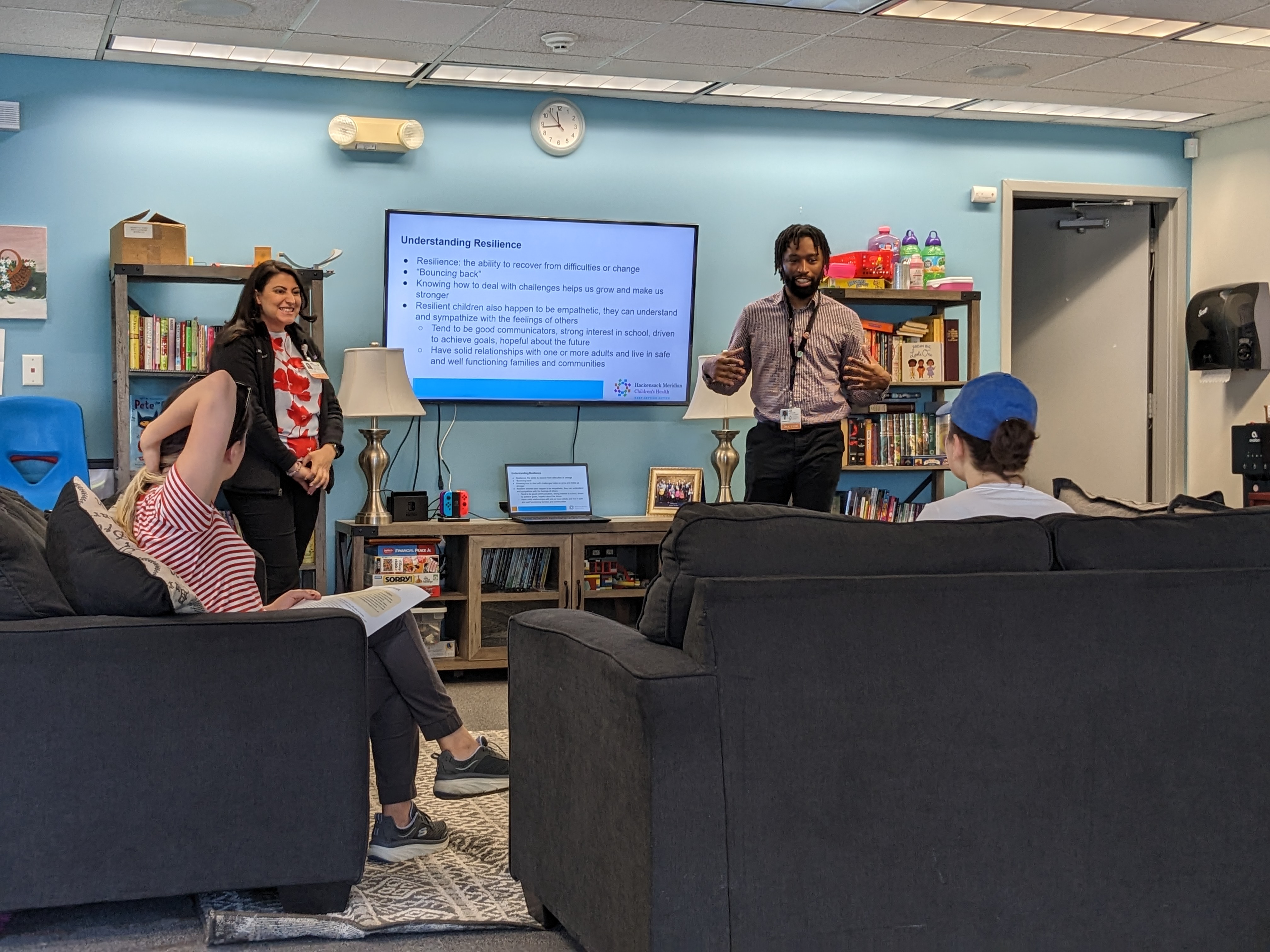Medical Education
Session: Medical Education 7
439 - Finding Joy in the Community: Highlighting a Resident Advocacy Curriculum as a Means of Promoting Resident Wellness
Saturday, May 4, 2024
3:30 PM - 6:00 PM ET
Poster Number: 439
Publication Number: 439.1159
Publication Number: 439.1159

Catherine Hahn, MD (she/her/hers)
Resident
Joseph M. Sanzari Children's Hospital Hackensack University Medical Center
Hackensack, New Jersey, United States
Presenting Author(s)
Background: Pediatricians play a critical role as child advocates. They must understand the health needs of communities, and educate families on ways to promote health. Our residents participate in 4 weeks of Community Pediatrics and Child Advocacy (CPCA) in both the PL-2 and PL-3 years. Furthermore, resident burnout is a common struggle among pediatric residents, and residency programs throughout the country are searching for ways to promote resident well-being.
Objective: To create a novel CPCA curriculum rooted in resident community immersion, while ameliorating resident burnout through engagement with patients and families outside of daily hospital-based responsibilities.
Design/Methods: During their CPCA rotation, resident pairs created and presented interactive sessions for high school health classes on topics requested by the school targeting adolescent health, including “Back to School, Not Back to Juul,” “Sexuality and Healthy Relationships,” and “Drugs and Addiction.” Sessions with freshman, junior, and senior classes will reach a total of 500 students per grade this academic year. Residents also presented programs at the Family Success Center targeting parents of children ages 0-5 years old. Sessions included “Breastfeeding Tips for Families,” “Summer Safety,” and “Fact vs. Fiction: Your Child's Nutrition,” to name a few. Residents subsequently completed a rotation evaluation and a brief survey addressing their community engagement experiences.
Results: In evaluations of the rotation, 93% of PL-2s and PL-3s rated overall quality of clinical teaching and growth in clinical knowledge, skills, and attitudes during this rotation as very good or excellent. In a short survey, resident likelihood of recommending continued community experiences was overwhelmingly positive, with an average rating of 4.5 out of 5 (Table 1). They described feeling “fulfilled” and “empowered” by the community programs.
Conclusion(s): Overall, residents were able to find joy and fulfillment through this advocacy curriculum. We hope our curriculum can serve as a model for other residency programs to integrate community engagement while enhancing resident well-being.
.png)


